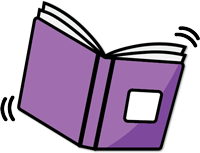Informed by Julia Kristeva’s work, this book approaches Colette’s writing and its translation along with two films via close, psychoanalytic readings. This book makes an argument critical to literary theory and sexuality in 2022. It argues that Colette’s fiction portrays a woman struggling to live in the throes of the incest taboo, understood in its psychological implications for power relations both private and public, then and now. Informed by Julia Kristeva’s work, it approaches Colette’s writing and its translation along with two films via close, psychoanalytic readings. It demonstrates that this version of Kristeva’s psychoanalytic theory, in an accessible form and with emphasis on the psychology of women and social transformation, helps to read Colette for the twenty-first century as well as to show how Kristeva’s theory works. This volume examines especially Colette’s most admired novels, especially from the second half of her life, including the much misunderstood La Maison de Claudine (1922), where the incest taboo surfaces in the relationship of the narrator with the mother. The taboo had appeared two years earlier in Chri (1920), in the rapport between the maternal La, a woman of a certain age, and the young man, Chri; finally, in Gigi, the incest taboo characterises the relations between the young teenager of the eponymous title and her much older, uncle figure Gaston.

Colette and the incest taboo: that most disturbing of drives
ISBN: 9781839990489
Format: Hardback
Publisher: Anthem Press
Origin: GB
Release Date: January, 2025


